Buda de Pie Tallado en la Roca de Icheon-dong en Andong (안동 이천동 마애여래입상)
11.5Km 2021-05-04
Icheon-dong, Andong-si, Gyeongsangbuk-do.
Es una estatua de Buda esculpida en piedra, en cuyo lugar se ubicaba antigüamente el templo Yeonmisa. Sin embargo, en la actualidad, en sus cercanías se ha construido la ermita Jebiwon, por lo que en ocasiones se le llama "Estatua budista de Jebiwon". Es una maravillosa obra de escultura, trabajada en una enorme roca que apunta hacia el oeste, lo más peculiar de esta pieza es que por encima del cuerpo se ha colocado la cabeza del Buda, que supuestamente fue trabajada por separado. Aunque la parte posterior de la cabeza presenta pequeñas deformaciones por daños, en general, se encuentra bien conservada. Esta técnica de esculpir primero el cuerpo y luego trabajar la cabeza y colocarla por encima fue un mecanismo que estuvo de moda durante la era de Goryeo, y debido a los formatos y detalles de la pieza, se supone que es una obra perteneciente al siglo XI.
Suaedang [Korea Quality] / 안동 수애당 [한국관광 품질인증]
11.5Km 2023-04-13
1714-11, Sugogyonggye-ro Imdong-myeon, Andong-si, Gyeongsangbuk-do
+82-54-822-6661
'Suaedang Traditional House was built by Ryu Jin-geol, also known by his pen-name of Suae, in 1939. This hanok-style house consists of three buildings that measure 29-kan (a traditional measurement that corresponds to the space between two columns) in total.
The main room, or jeongchim (7-kan at front and 2-kan at sides), has a half-hipped roof, and forms a‘ㄱ’-shape with the storeroom (10-kan at front), which also has a half-hipped roof. Originally located at 612 Sugok-dong, Andong-si, the house was relocated from a slight slope to a flat piece of land due to the construction of Imha Dam in 1987. Consequently, the Jeongchim was rebuilt at a lower level than before.
The Suaedang was renovated by modernizing the old-style facilities including the kitchen, toilets, and washroom without changing their external features, while the rooms and daecheongmaru (main floored room) were decorated with red clay and natural paint. Suaedang, with its beautiful panoramic view of the lake, was designated as Gyeongsangbuk-do Cultural Property No. 56.
Imhaho Gisa Sikdang(임하호기사님식당)
11.6Km 2021-04-09
8, Seonchakjang-gil, Andong-si, Gyeongsangbuk-do
+82-54-822-4929
There are a variety of side dishes, so you can enjoy different foods. This Korean dishes restaurant is located in Andong-si, Gyeongsangbuk-do. The representative menu is kimchi stew.
Ongcheon 21segi Jjinppang (옹천21세기찐빵)
12.3Km 2021-03-24
959-7, Gyeongbuk-daero, Andong-si, Gyeongsangbuk-do
+82-54-859-7058
This is a place where you can enjoy unique steamed bread at an affordable price. This restaurant's signature menu is steamed bun with red bean filling. This Korean dishes restaurant is located in Andong-si, Gyeongsangbuk-do.
Cheonji Sikdang (천지식당)
12.4Km 2021-03-24
90, Utjangteo-gil, Andong-si, Gyeongsangbuk-do
+82-54-822-7008
You can eat maeuntang (fish stew) made with fresh freshwater fish. This Korean dishes restaurant is located in Andong-si, Gyeongsangbuk-do. The representative menu is spicy freshwater fish stew.
Iljik Sikyuk Sutbul Garden (일직식육숯불가든)
13.7Km 2021-03-24
2474-9, Pungil-ro, Andong-si, Gyeongsangbuk-do
+82-54-858-0103
It is a house where you can enjoy Korean traditional bulgogi. This Korean dishes restaurant is located in Andong-si, Gyeongsangbuk-do. The representative menu is bulgogi hot pot.
Aldea de las Artes Jirye (지례예술촌)
14.0Km 2024-05-07
Jiryeyesulchon-gil 427, Imdong-myeon, Andong-si, Gyeongsangbuk-do.
La aldea se creó con la construcción de la Presa Imha de Andong. En el año 1986, el área de Jirye-ri, Imdong-myeon, de la ciudad de Andong, se encontraba en peligro de hundimiento, por lo tanto, el actual jefe de la Aldea de las Artes Jirye, Kim Won-gil, había trasladado la pequeña aldea hacia un sitio más seguro, detrás de una montaña, instalando 10 edificios. Luego en el año 1990, el Ministerio de Cultura lo había designado como la Aldea de Creatividad Artística, por lo que hasta el momento es utilizada como un espacio de entrenamiento para los trabajos de los artistas. Hay muchas presas multifuncionales construidas en el país, pero esta fue la primera que gracias a la idea de una persona, se ha podido preservar el patrimonio cultural y también establecerlo como un espacio artístico.
Posee un paisaje natural maravilloso, ya que por la noche el cielo es bordado de estrellas y hasta también pasean volando las luciérnagas. Lo único que se escucha, son los cantos de los insectos y el soplo del viento, y, por las mañanas, el lago se viste de la niebla húmeda, por lo que presenta otro escenario mágico y misterioso. El paisaje natural se viste de distintos colores, según cada estación, primavera, verano, otoño e invierno. Visitando la aldea, tendrá la posibilidad de experimentar de aquellas actividades básicas de la vida, recolectar verduras, frutas y setas de pino, cazar peces, y, también degustar de los platos típicos de la región de Andong. En particular, la otra gran experiencia, es que tendrá la oportunidad única de alojarse en la habitación con ondol (sistema de calefacción tradicional), dentro de una construcción de madera que posee 350 años de antigüedad, la que también fue declarada como material patrimonial por la provincia de Gyeongsangbuk-do. Todos los detalles de la casa, será motivo suficiente para que pueda disfrutar del ambiente.
Aunque el papel principal de la aldea es ser utilizada como un espacio de trabajo para los artistas, también es famoso para los turistas extranjeros, que lo frecuentan para conocer y experimentar la cultura coreana. El sistema de baño que utiliza la energía solar, y por la instalación de internet, ha facilitado el acceso de las mujeres y de los turistas extranjeros. Cada año es visitado por más de 5.000 personas.
Escuela de Protocolo de Andong (안동예절학교)
14.1Km 2023-04-07
Toegye-ro 1333-5, Waryong-myeon, Andong-si, Gyeongsangbuk-do
+82-54-841-0511
En la Escuela de Protocolo de Andong se pueden aprender las etiquetas y los modales tradicionales de Corea. Se encuentra ubicada en la ciudad de Andong, una región histórica que conserva la cultura confuciana y las tradiciones del pasado. La institución también ofrece clases interactivas de la ceremonia del té; para aprender a tocar instrumentos musicales como el janggu (tambor pequeño con forma de reloj de arena) y el gayageum (cítara de 12 cuerdas); participar en los juegos folclóricos, el yunnori (lanzar palos al aire) y el neoltwiggi (balancín); y otras muchas actividades culturales, como aprender la danza de máscaras, elaborar artesanías en papel tradicional hanji, preparar platos típicos, realizar la ceremonia de la boda tradicional y practicar deportes acuáticos en el río Nakdonggang. El lugar también es famoso porque en sus cercanías se encuentran otros destinos turísticos como la Academia Neoconfuciana Dosan Seowon y el Museo de la Ciencia Forestal.
Hakbongjongtaek [Korea Quality] / 학봉종택 [한국관광 품질인증]
14.1Km 2023-04-13
2830-6, Pungsantaesa-ro Seohu-myeon, Andong-si, Gyeongsangbuk-do
+82-54-852-2087, +82-10-6811-1106
'Hakbong Head House is the head house of the Uiseong Kim clan and was originally built near Sogyeseodang Village School by Kim Gwang-chan, an 8th-generation descendant of Hakbong Kim Seong-il, in 1762. In 1964, the house was moved to its current location.
The main building (bonchae) was extended from a ‘ㅁ’-shaped structure to a ‘巳’–shape structure. The anchae (women’s quarters) consists of a daecheong (main floored room) measuring 2-kan (a unit of measurement referring to the distance between two columns) on the right, an anbang measuring 2-kan on the left, and kitchen at the end. The upper part of the low-ceilinged kitchen has a gobang (storeroom) in which household goods used to be stored. The daecheong is large compared to the overall size of the house because head houses usually held many ancestral rites.
The Hakbong Head House has an impressive modern garden that was created during construction work carried out when the house was relocated after the Japanese colonial era. The well-maintained garden with its fantastically-shaped trees and rocks also serves as a venue for musical concerts on a regular basis. Guests will surely be fascinated to find out about the history of the people who once inhabited this house and dedicated themselves to the country in times of trouble.
Bap Jal Haneun Jip (밥잘하는집)
14.4Km 2021-03-26
31, Gwiyeori-gil, Andong-si, Gyeongsangbuk-do
+82-54-852-0010
It is a place where you can enjoy various Korean dishes. This Korean dishes restaurant is located in Andong-si, Gyeongsangbuk-do. The representative menu is beefbulgogi.
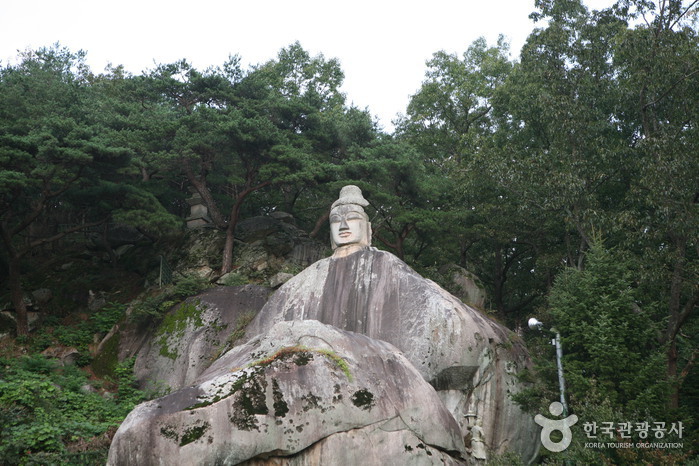
![Suaedang [Korea Quality] / 안동 수애당 [한국관광 품질인증]](http://tong.visitkorea.or.kr/cms/resource/88/2528888_image2_1.jpg)
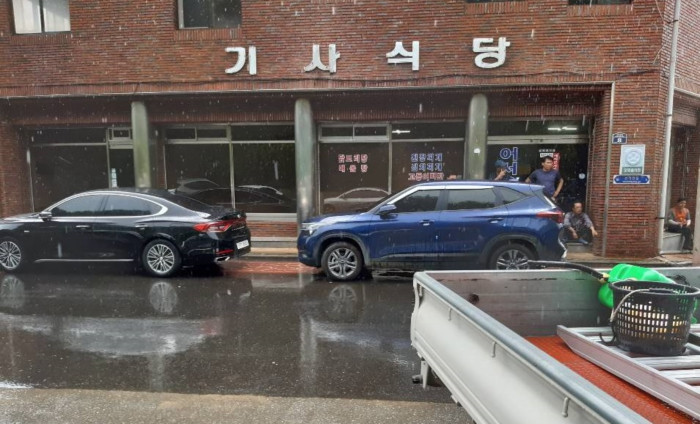
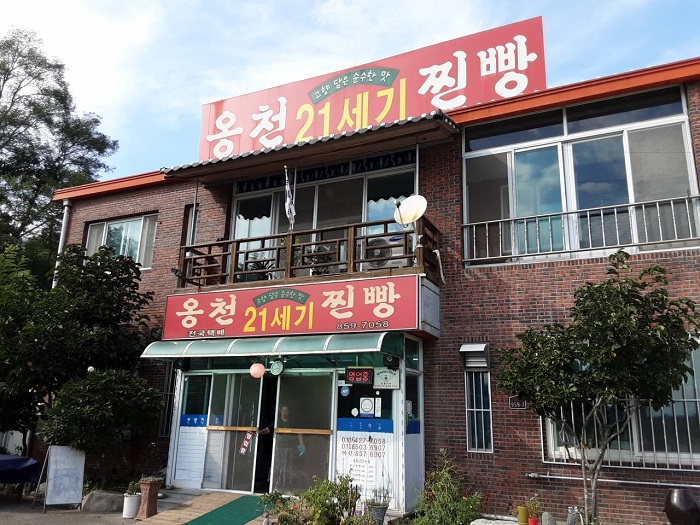
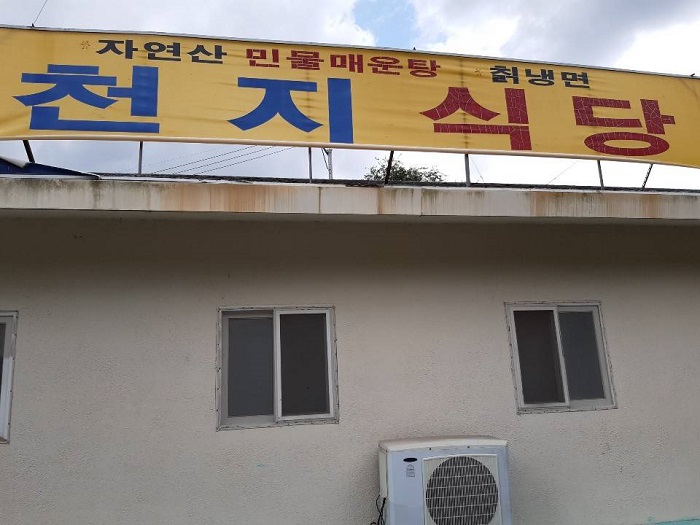
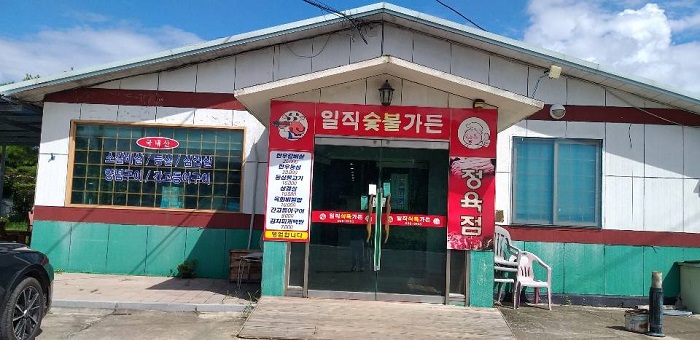
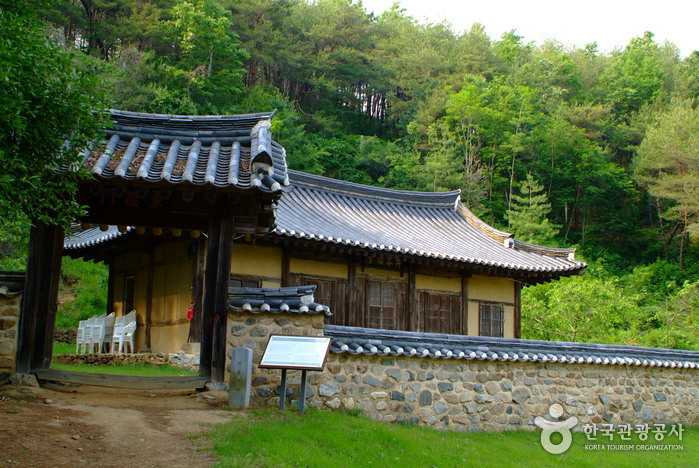

![Hakbongjongtaek [Korea Quality] / 학봉종택 [한국관광 품질인증]](http://tong.visitkorea.or.kr/cms/resource/87/2579587_image2_1.jpg)
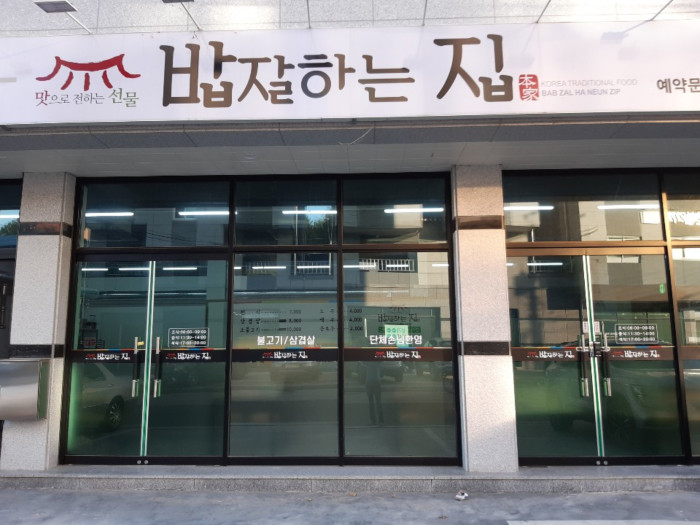
 Español
Español
 한국어
한국어 English
English 日本語
日本語 中文(简体)
中文(简体) Deutsch
Deutsch Français
Français Русский
Русский